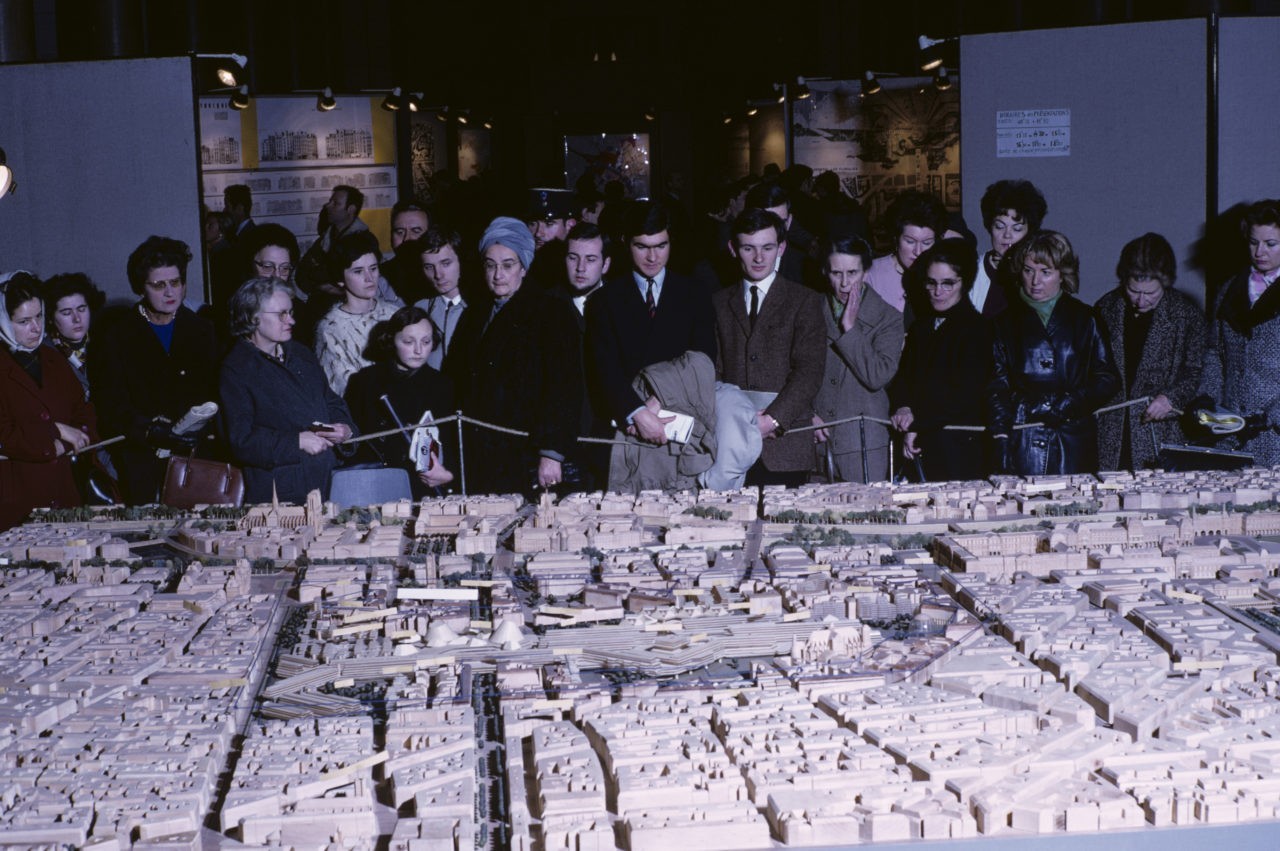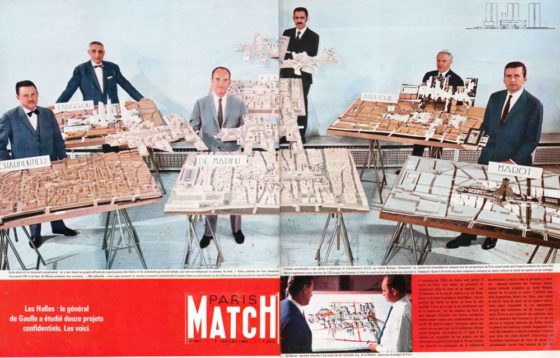
Urban scale models are crucial for communicating urban design ideas between various stakeholders, from those directly involved in a project – e.g. client, developer, contractor, municipality – to the broader public. However, our knowledge about this tool is limited. Understanding the shifting role of urban design from the 1960s, when participatory design processes were popularized, to today, highlights the importance of the urban scale model as communicative tool in urban design.
In the everyday professional environment of architects, urban planners, politicians, investors and clients, the urban scale model is an integral instrument and is used in meetings, workshops, competitions, presentations, etc. The scale, composition, materiality and the way in which it is shown to different actors, all play an important role in how the urban scale model communicates and precisely what it says. Put differently, all these factors affect how the urban scale model performs.
Models’ Performance
Historically, the urban scale model has acquired different characteristics to communicate design ideas. Think, for instance, about Vauban’s Plans-Reliefs for military tactical urban developments of the 17th-century European cities, or about Le Corbusier’s large-scale model for the Ville Radieuse for utopian urban visions of modernists architects at the beginning of the 20th century in Paris. However, from the 1960s onwards, the professions of architecture and urban planning underwent profound changes, and the more participative discipline of urban design emerged. Focusing on more incisive and strategic projects for the city, urban design changed the way in which urban scale models were used; exploiting its performative capacity to its full potential.
The Example of Les Halles, Paris
The controversial urban design project of Les Halles in the city center of Paris, which started in the 1960s, is a case in point. In total, eight urban design competitions were organized for this site, each involving urban scale models. While in the first competitions these scale models served solely for communication between architects and politicians, they gradually changed as it became clear that to make the project happen, the approval of the population would also need to be secured. As a result, the urban scale model changed in terms of composition, materiality and scale. No longer a tool only accessible for professionals, it now featured in local newspapers, on television and even in the cinema. These urban scale models of Les Halles invited the broader public to engage in public debates about the future of the city of Paris.

My doctoral research project «Exploring Urban Scale Models» examines the multi-faceted agencies of urban scale models during this key period for urban planning, from the late 1960s to the early 1990s. By researching the different characteristics, it allows us to gain knowledge of the capacity for urban scale models to mediate today’s architecture and urban planning processes. The urban scale model continues to play an essential role for communication and mediation of design ideas in architecture and urban development: for administrative or political matters between politicians and citizens using the Hochbaudepartement’s Zurich city model; for the work with, and the submission of, white plaster models for architectural competitions; or models for meetings with clients, associations, or workshops.
Maxime Zaugg obtained his master’s degree in architecture at the ETH Zurich and is currently Ph.D. candidate at the Chair of the History and Theory of Urban Design, gta, ETH Zurich under the supervision of Prof. Dr. Tom Avermaete. He teaches at ETH Zurich at the Bachelor and Master’s level and is a representative of the AAA (Association of Assistants at the Department of Architecture). Maxime Zaugg founded the practice STUDIO (2017) which mediates between architecture and the city applying different media and tools and contributes to competitions, urban research, workshops, and realizations.